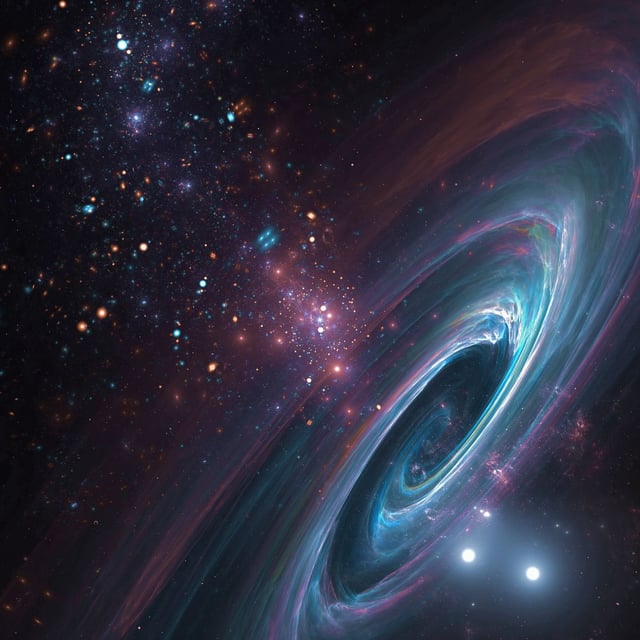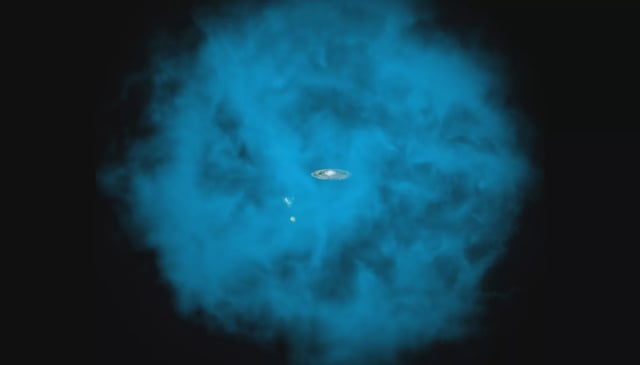Overview
- Researchers used data from DESI and ACT to analyze 7 million galaxies within 8 billion light-years, detecting ionized hydrogen gas via the kinematic Sunyaev-Zel’dovich effect.
- These diffuse halos of ionized gas extend up to five times farther from galaxies than previously estimated, accounting for the missing 15% of normal matter in the universe.
- The study suggests that supermassive black holes at galaxy centers eject gas in duty cycles, remaining active beyond early galaxy formation phases.
- The findings challenge current cosmological models, requiring updates to simulations of galaxy formation and the distribution of matter in the universe.
- Published as a preprint on arXiv and under peer review for Physical Research Letters, the results represent a major step in resolving the universe’s baryon census.

